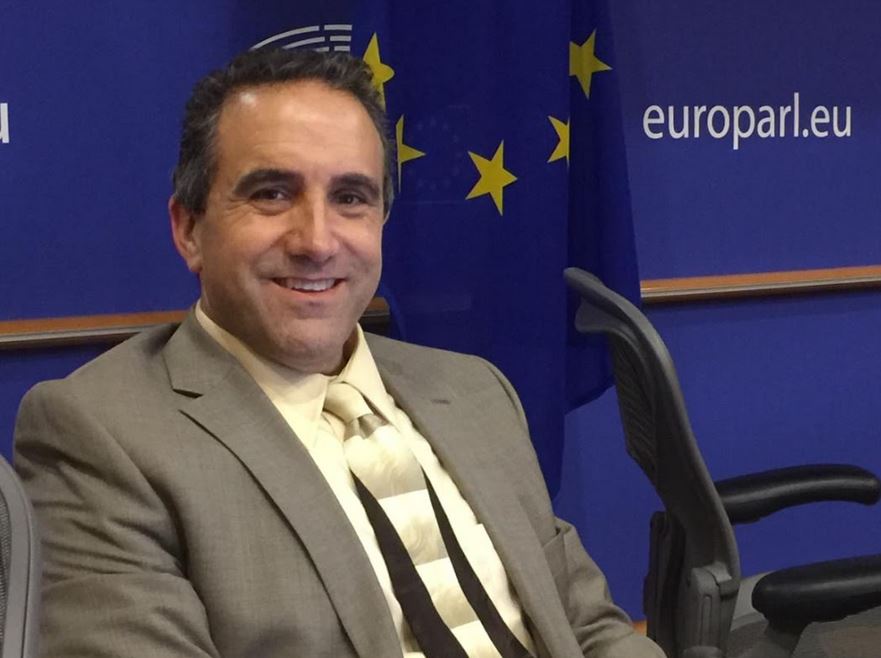Professor Judith Curry’s statement yesterday to a US House of Representatives subcommittee investigating global warming:
I am Chair of the School of Earth and Atmospheric Sciences at the Georgia Institute of Technology…If all other things remain equal, it is clear that adding more carbon dioxide to the atmosphere will warm the planet. However the real difficulty is that nothing remains equal…
The Intergovernmental Panel on Climate Change 4th Assessment report (IPCC AR4) published in 2007 made the following key statements…:
“Warming of the climate system is unequivocal… Most of the observed increase in global average temperatures since the mid-20th century is very likely due to the observed increase in anthropogenic greenhouse gas concentrations… For the next two decades, a warming of about 0.2°C per decade is projected for a range of SRES emissions scenarios.”….
However, since 1998 there has been no statistically significant increase in global surface temperature. While many engaged in the public discourse on this topic dismiss the significance of a hiatus in increasing global temperatures because of expected variations associated with natural variability, analyses of climate model simulations find very unlikely a plateau or period of cooling that extends beyond 17 years in the presence of
human-induced global warming…
An analysis provided by Ed Hawkins at the University of Reading compares the global average surface temperatures from the HadCRUT4 dataset with 20 models from the CMIP5 simulations. The comparison in Figure 3 shows that observations particularly since 2005 are on the low end of the envelope that contains 90% of the climate model simulations…
The IPCC’s attribution of the late 20th century warming has focused on external radiative forcing, and no explicit estimate of the contribution of natural internal variability to the warming was made. A recent paper by Tung and Zhou suggests that the anthropogenic global warming trends might have been overestimated by a factor of two in the second half of the 20th century…
The recent research on natural internal variability and black carbon aerosols, combined with ongoing plateau in global average surface temperature, suggests that the AR4 estimates of climate sensitivity to doubling
CO2 may be too high…The IPCC AR4 conclusion on climate sensitivity is stated as:
“The equilibrium climate sensitivity . . . is likely to be in the range 2C to 4.5C [by the end of the century] with a best estimate of about 3C and is very unlikely to be less than 1.5C. Values higher than 4.5C cannot be excluded.”
This estimate of equilibrium climate sensitivity is not easily reconciled with recent forcing estimates and observational data. There is increasing support for values of climate sensitivity around or below 2C.
(Bold added.)



